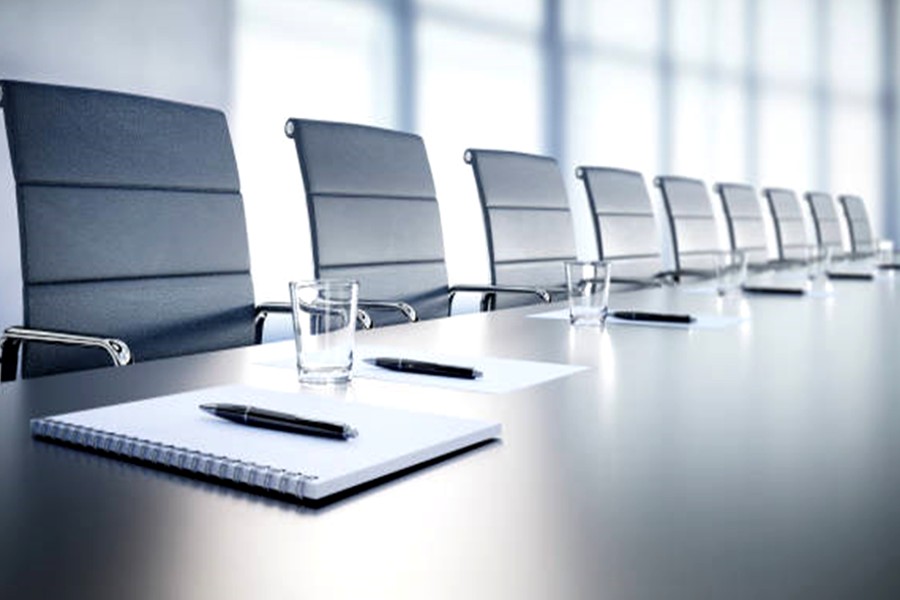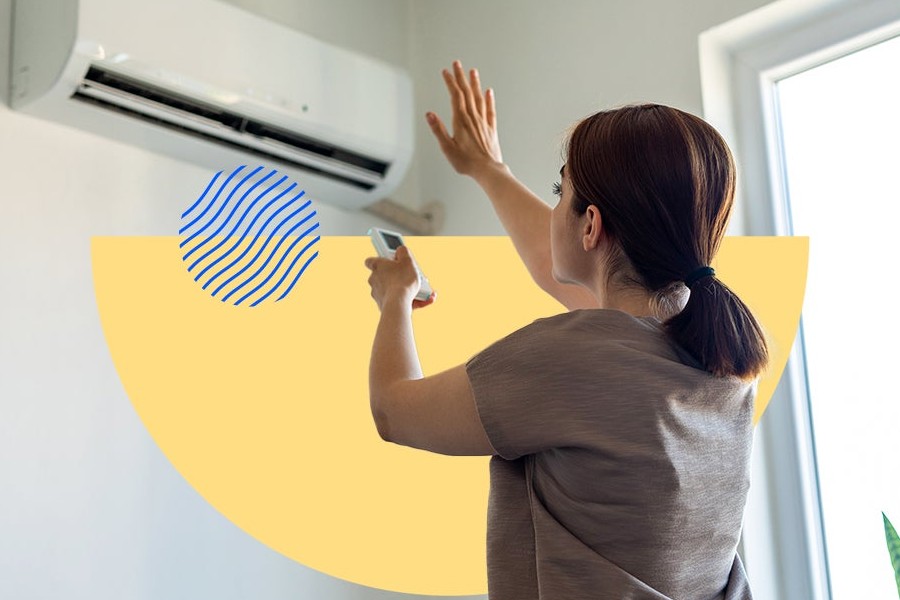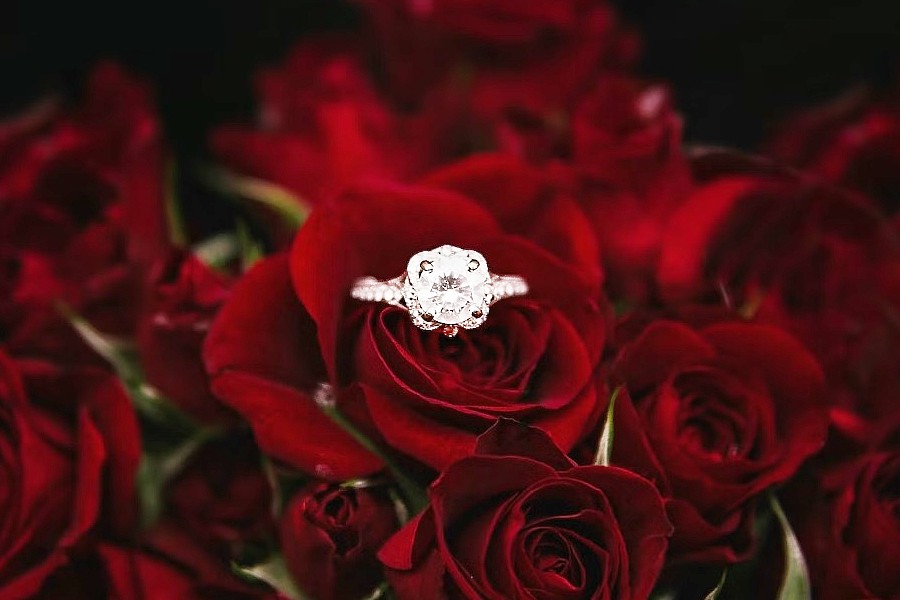
The conference table has long been an iconic symbol of professional meetings, decision-making, and collaboration.
Over the years, these tables have evolved from traditional, imposing structures to modern, dynamic hubs that foster creativity and innovation. In this article, we’ll explore the journey of conference tables, tracing their transformation and examining the factors that have influenced their design and functionality.
Historical Perspective
Historically, conference tables were often large, sturdy structures made from heavy wood, designed to convey authority and permanence. The boardroom setting was formal and hierarchical, with a focus on status and power dynamics. The table itself became a representation of the organization’s values and identity.
During the industrial era, long rectangular tables dominated boardrooms, emphasizing a linear and hierarchical approach to decision-making. These tables were often complemented by high-backed leather chairs, reinforcing a sense of authority and hierarchy among participants.
The Shift to Modern Design
In recent decades, there has been a significant shift in the design philosophy of conference tables. The rise of technology, the changing nature of work, and a greater emphasis on collaboration have all contributed to the reimagining of these essential pieces of office furniture.
One of the key drivers of change has been the advent of technology. Traditional conference tables were not designed to accommodate the array of electronic devices that are now integral to business meetings. Modern conference tables are equipped with integrated power outlets, USB ports, and connectivity options, allowing seamless integration of laptops, tablets, and other gadgets.
Another factor influencing the evolution of conference table design is the changing nature of work itself. As organizations move towards more collaborative and team-based approaches, the need for flexible and adaptable meeting spaces has become crucial. Modern conference tables are designed to facilitate group discussions, brainstorming sessions, and interactive presentations, reflecting the evolving dynamics of the contemporary workplace.
Design Elements in Modern Conference Tables
Versatility and Flexibility:
Modern conference tables are designed to be versatile and adaptable to different meeting scenarios. Many feature modular designs, allowing for easy reconfiguration to suit various meeting formats and group sizes. This flexibility promotes a dynamic and inclusive work environment.
Integrated Technology:
The integration of technology is a defining feature of contemporary conference tables. Built-in audio-visual systems, video conferencing capabilities, and wireless connectivity enhance communication and collaboration during meetings. This integration not only streamlines the meeting process but also reflects the tech-driven nature of the modern workplace.
Ergonomics and Comfort:
Comfort is a key consideration in the design of modern conference tables. Ergonomically designed chairs and tables ensure that participants can engage in lengthy meeting room without physical discomfort. This focus on comfort contributes to a more productive and engaging meeting experience.
Materials and Aesthetics:
While traditional conference tables often featured dark, heavy woods, modern designs explore a range of materials and aesthetics. Lighter woods, glass, and metal are commonly used to create tables that are not only functional but also visually appealing. This shift in materials reflects a contemporary aesthetic that values openness and transparency.
Collaborative Features:
Many modern conference tables include features that facilitate collaboration. This can range from built-in whiteboards and writable surfaces to innovative designs that promote interaction and engagement among participants. These features are aligned with the trend towards more interactive and participatory meetings.
Impact on Organizational Culture
The evolution of conference tables is not merely a reflection of design trends but also a powerful influencer of organizational culture. The shift from imposing, hierarchical tables to dynamic, collaborative hubs sends a clear message about the values and priorities of a company.
Organizations that invest in modern conference table designs signal a commitment to collaboration, innovation, and employee engagement. The physical environment, including the choice of conference tables, plays a role in shaping the corporate culture and influencing how employees perceive their workplace.
Conclusion
The conference table, once a symbol of formality and hierarchy, has undergone a remarkable transformation to become a dynamic hub for collaboration and innovation. Driven by technological advancements, changing work dynamics, and a shift in design philosophy, modern conference tables are versatile, technologically integrated, and designed to foster a more inclusive and collaborative workplace.
As organizations continue to adapt to the evolving nature of work, the conference table stands as a tangible reflection of these changes. Whether in a sleek startup office or a well-established corporate boardroom, the conference table has become a central element in shaping the culture and functionality of modern workspaces.
- How To Choose The Right Corporate Travel Management Provider For Your Business?
- How Having A Dog Can Enhance Your Overall Mental Health
- 10 Tips To Maximize Your Air Conditioner’s Efficiency
- New Gear For Fall On The Rise For You And Your Harlem Home
- NYIC Launches ‘New York Proud’ Public Art Campaign Celebrating Immigrant Stories Across NYC
Become a Harlem Insider!
By submitting this form, you are consenting to receive marketing emails from: Harlem World Magazine, 2521 1/2 west 42nd street, Los Angeles, CA, 90008, https://www.harlemworldmagazine.com. You can revoke your consent to receive emails at any time by using the SafeUnsubscribe® link, found at the bottom of every email. Emails are serviced by Constant Contact









